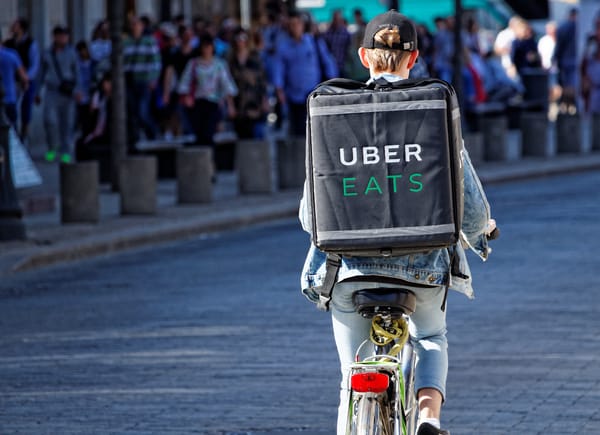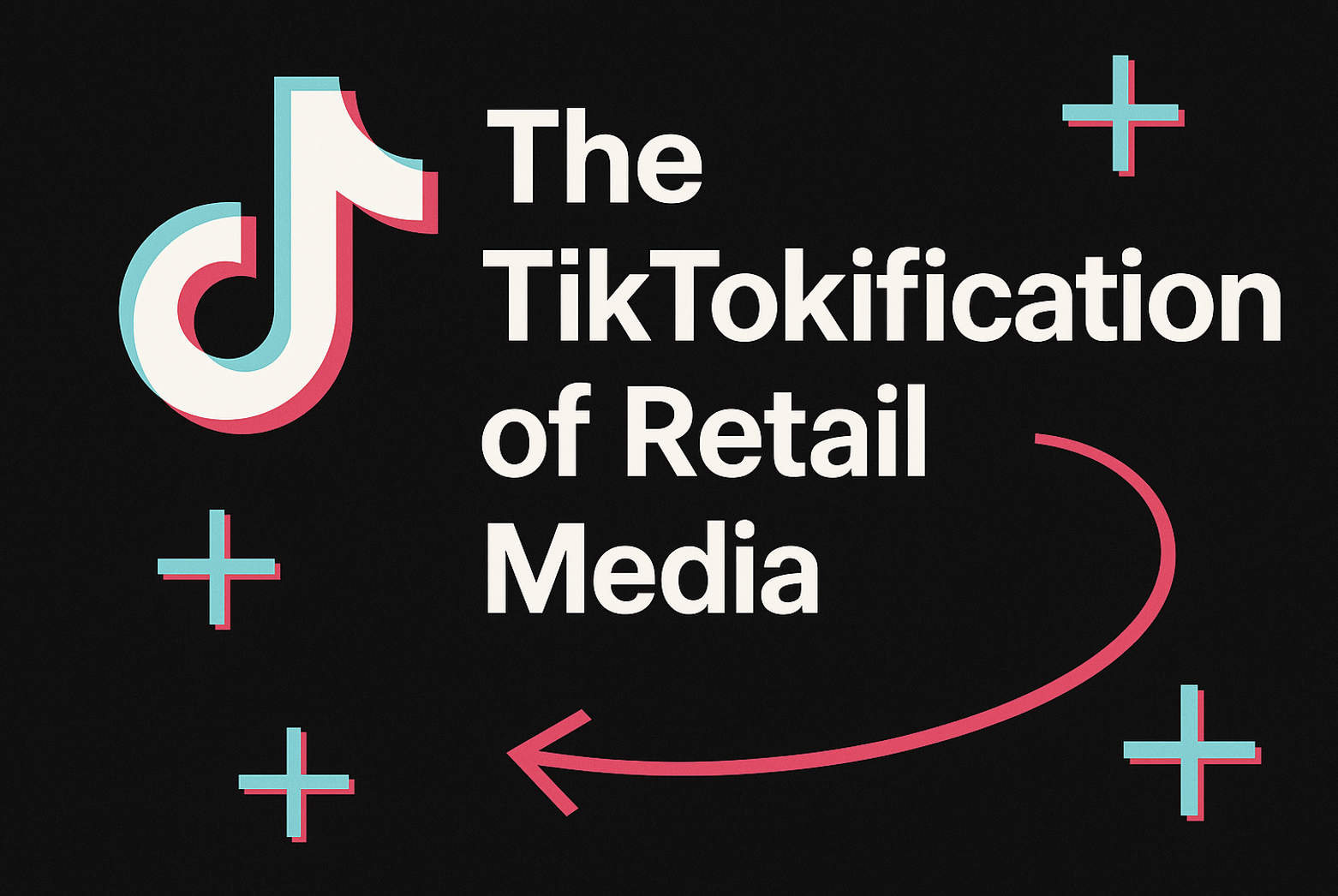Data from across 2021 reveals that delivery apps were the breakout stars of 2021, as consumers showed no signs of shifting away from their online pandemic purchasing behaviours.
Cardlytics’ data, based on the purchasing habits of 22 million UK consumers’ bank cards, finds spend on rapid grocery delivery apps such as Getir, Zapp and Weezy grew by 123% in the last five months compared to a 22% decrease for traditional supermarkets. Spend at convenience stores and corner shops also fell by 22% in the same period as UK consumers opted for fresh and fast produce delivered to their door over in-store visits.
In response, supermarket and convenience brands are increasingly teaming up with delivery platforms to tap into this growing consumer market, with Co-op and Sainsbury’s both offering grocery delivery on UberEats and Deliveroo in the past 12 months.
Bumper demand for door-to-door delivery
The data shows that demand for door-to-door delivery services, which boomed during continued lockdowns over the last 18 months, has held up.
The rise of the Omicron variant and Government guidance to reduce social mixing in December helped delivery platforms such as Just Eat, Deliveroo and Uber Eats celebrate a record Christmas, with spend up 102% on December 2019.
Overall, takeaway platforms enjoyed healthy growth in the last year, with spend increasing by 72% compared with 20% growth for fast food chains themselves. On average, consumers are also using takeaway platforms 46% more often than during the pandemic, showing that certain lockdown habits seem here to stay.
Evolution of grocery market takes latest twist
If the early part of the last decade was the story of the rise of discounting, the latter half was driven by growth in online grocery.
Spend at online-only grocery brands grew at double the rate of their physical counterparts in 2021, as the pandemic shift to online shopping continued to steal ground in the grocery sector. Spend at online-only grocery brands like Ocado rose 13% in the last 12 months, compared to just 5% at physical supermarket chains such as Aldi and Lidl.
Increasingly looking to compete, bricks-and-mortar grocers have invested in loyalty schemes to claw back customers from online competitors during the all-important Christmas quarter. Tesco helped to encourage customers back to stores by offering their Clubcard members exclusive prices on their Christmas food items, while Lidl’s new loyalty programme served shoppers discounts on select Christmas ranges.
Grocers need to remain responsive to both consumers’ new shopping habits as well as an external environment punctuated with new variants of Covid-19 and fluctuating levels of consumer confidence.
Restaurants fight for their slice of the pie
Whilst online takeaway platforms have emerged stronger in 2021, physical restaurants haven’t been able to replicate this good fortune. The emergence of Omicron in December dented consumer confidence over the festive period, with spend at restaurants and pubs down 18% in December compared to 2019.
This follows a year of uphill battles for the sector, with inflationary pressures and skills shortages to supply chain issues and a lack of availability of ingredients. All of this means that spend in restaurants fell 9% overall in 2021 and is yet to return to pre-pandemic levels.
For these brands, ensuring they’re able to reach customers at home will help them ride out the remainder of the pandemic. They have already shown great flexibility over the past 18 months, embracing delivery options and other innovations like home meal kits, and the external landscape means they will likely need to be similarly agile in the weeks and months ahead.
If they can navigate this difficult period, there are positive signs ahead. In May of last year, when hospitality fully reopened, the lack of restrictions combined with consumers’ want for normality helped to drive up restaurant spend by 98% compared to April.
Appetite for fast food grows
Despite headwinds facing the restaurant sector, the picture for fast-food brands is more positive. The fast-food sector has seen its growth speed up in the past year with spend at brands such as KFC, Greggs, Subway and McDonalds increasing by 20% in 2021 as consumers returned to office and with it, spent on on-the-go lunches.
This has been buoyed by consumers visiting these chains more often, on average 17% more often over the last 6 months, and spending more per trip as the average amount spent per customer increased by 9% in the same period.
Charlotte Jamieson, Partnerships Director at Cardlytics UK comments: “The food sector has experienced a disruptive transformation this year with the rise of rapid grocery delivery apps and the continued success of takeaway platforms, driven by increasingly online-savvy and time-poor customers.”
She adds: “Rising cases of Omicron spelled a muted festive period for restaurants and pubs while delivery platforms celebrated a record Christmas, as consumers opted for takeaways on the sofa over drinks at their local to celebrate the season. Despite an absence of new restrictions, consumer confidence signals new pressure on restaurants and bricks-and-mortar grocers to improve their online and delivery presence. For those brands that want to move their loyal customers to new online channels, offering online-only discounts and exclusive online ranges should be front of mind.”









